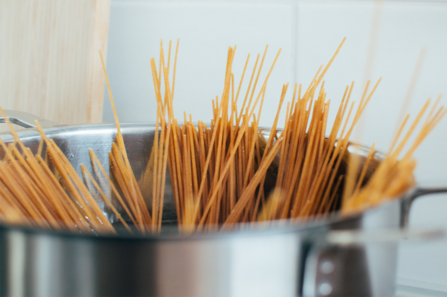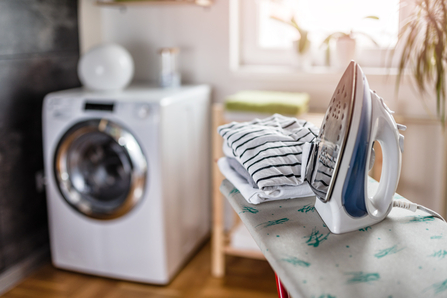All around the UK, homes and businesses enjoy a steady supply of clean water. This resource is of such high quality, in fact, that we wash our clothes, scrub our cars, and flush our toilets with water that's safe for drinking - a privilege not found in many other countries.
Sadly this resource comes at a cost not only for our bank accounts, but for nature too. Much of Hampshire's water supply is drawn from an underground chalk aquifer that also feeds our local chalk streams. If too much water is taken then these precious habitats can suffer shortages that threaten their wildlife.
This drawing of water, known as 'abstraction' is based on our demand, so we all have the power to do something about this issue. Even small changes to our household habits can add up to a big positive difference - here are our top tips for saving water in your home!



